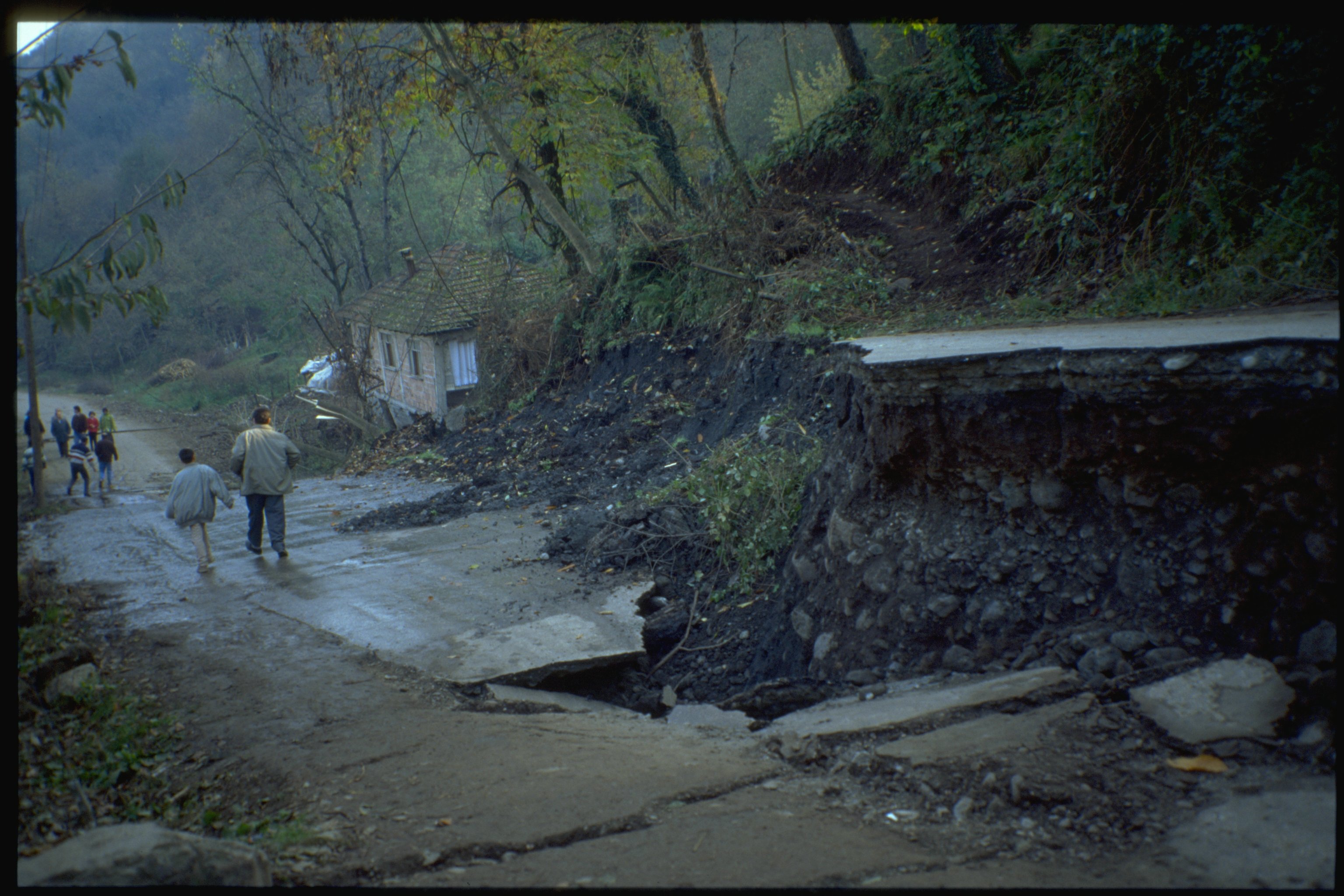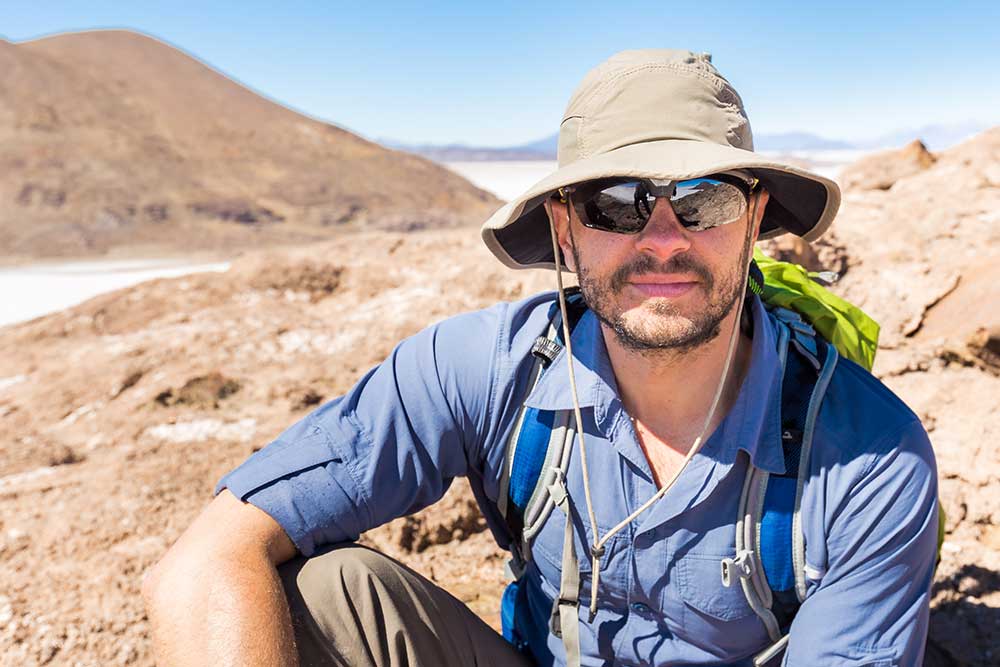All Categories
Featured
Table of Contents
Geophysical Survey Services in Bedfordale Australia 2023

The main design for the radial structure of the interior of the Earth is the initial recommendation Earth design (PREM). Some parts of this model have been upgraded by current findings in mineral physics (see post-perovskite) and supplemented by seismic tomography. The mantle is mainly composed of silicates, and the borders in between layers of the mantle are consistent with stage transitions.

Schematic of Earth's magnetosphere. Circulations from left to.
Inside the magnetosphere, there are fairly thick regions of solar wind particles called the Van Allen radiation belts. Geophysical measurements are usually at a particular time and place.
Careers In Geology And Geophysics in Parkwood WA 2023
A three-dimensional position is computed using messages from 4 or more visible satellites and referred to the 1980 Geodetic Referral System. An alternative, optical astronomy, integrates astronomical collaborates and the regional gravity vector to get geodetic collaborates. This technique only offers the position in two collaborates and is more challenging to use than GPS.
Relative positions of two or more points can be identified using very-long-baseline interferometry. Gravity measurements ended up being part of geodesy due to the fact that they were required to associated measurements at the surface area of the Earth to the reference coordinate system. Gravity measurements on land can be used gravimeters deployed either on the surface area or in helicopter flyovers.
Satellites in space have made it possible to collect information from not just the visible light area, however in other areas of the electromagnetic spectrum. The planets can be defined by their force fields: gravity and their electromagnetic fields, which are studied through geophysics and space physics. Measuring the modifications in acceleration experienced by spacecraft as they orbit has actually allowed fine information of the gravity fields of the worlds to be mapped.
How To Become A Geophysicist in Bentley WA 2022

Given that geophysics is interested in the shape of the Earth, and by extension the mapping of features around and in the world, geophysical measurements include high precision GPS measurements. These measurements are processed to increase their accuracy through differential GPS processing. As soon as the geophysical measurements have been processed and inverted, the analyzed results are plotted using GIS.
Lots of geophysics companies have created in-house geophysics programs that pre-date Arc, GIS and Geo, Soft in order to meet the visualization requirements of a geophysical dataset. Exploration geophysics is applied geophysics that often uses remote sensing platforms such as; satellites, airplane, ships, boats, rovers, drones, borehole noticing devices, and seismic receivers.
For instance, aeromagnetic data (airplane collected magnetic information) gathered utilizing conventional fixed-wing airplane platforms should be fixed for electromagnetic eddy currents that are produced as the aircraft moves through Earth's electromagnetic field. There are likewise corrections associated with changes in determined prospective field intensity as the Earth rotates, as the Earth orbits the Sun, and as the moon orbits the Earth.
Geophysicist Careers in Balcatta Australia 2020
Signal processing includes the correction of time-series information for unwanted noise or errors introduced by the measurement platform, such as aircraft vibrations in gravity data. It also involves the reduction of sources of noise, such as diurnal corrections in magnetic information., meteorology, and physics.
The magnetic compass existed in China back as far as the fourth century BC. It was utilized as much for feng shui as for navigation on land. It was not until great steel needles might be forged that compasses were utilized for navigation at sea; before that, they might not retain their magnetism long enough to be beneficial.
By taking a look at which of eight toads had the ball, one could determine the instructions of the earthquake. It was 1571 years before the very first style for a seismoscope was published in Europe, by Jean de la Hautefeuille. It was never constructed. Among the publications that marked the beginning of contemporary science was William Gilbert's (1600 ), a report of a series of precise experiments in magnetism.
Geophysical Investigations in Riverton Aus 2023
In 1687 Isaac Newton published his, which not only laid the structures for classical mechanics and gravitation however likewise explained a variety of geophysical phenomena such as the tides and the precession of the equinox. The first seismometer, an instrument efficient in keeping a continuous record of seismic activity, was constructed by James Forbes in 1844. Dietmar; Sdrolias, Maria; Gaina, Carmen; Roest, Walter R. (April 2008). "Age, spreading out rates, and spreading out asymmetry of the world's ocean crust". Geochemistry, Geophysics, Geosystems. 9 (4 ): Q04006. Bibcode:2008 GGG ... 9. 4006M. doi:10. 1029/2007GC001743. S2CID 15960331. "Earth's Inconstant Magnetic Field". science@nasa. National Aeronautics and Space Administration. 29 December 2003. Recovered 13 November 2018.
Runcorn, S.K, (editor-in-chief), 1967, International dictionary of geophysics:. Pergamon, Oxford, 2 volumes, 1,728 pp., 730 fig Geophysics, 1970, Encyclopaedia Britannica, Vol. Introduction to seismology (Second ed.).
Latest Posts
What Should I Do To Be A Geophysicist? in Subiaco WA 2022
Geophysicist - Jobs And Skills Wa in Midland Western Australia 2023
Career Guide: Geophysicist in Tapping Aus 2022